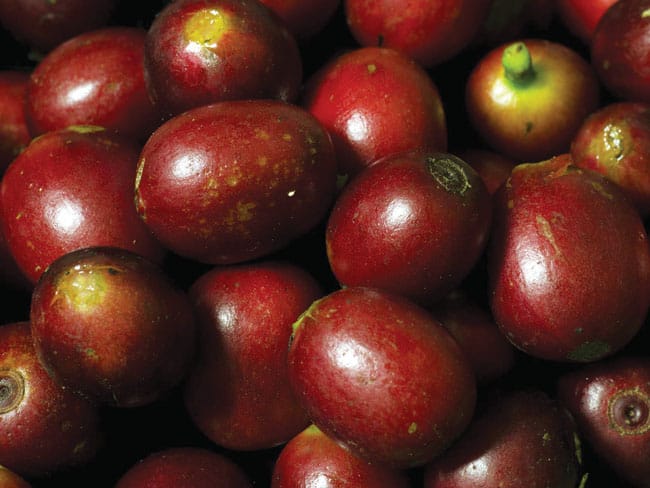 Hyperlocal gastronomic experiences rank high on the list of essentials for meeting and incentive groups—even more so when sustainable to local people and environments.
Hyperlocal gastronomic experiences rank high on the list of essentials for meeting and incentive groups—even more so when sustainable to local people and environments.
The Costa Rica Tourism Board (ITC) has long championed sustainable tourism by opening up the country’s natural wonders—from biological reserves and national parks to active volcanoes to eco-friendly exploration and adventure. Now the ICT is planning to tweak this pura vida (pure life) perception of the country to include sustainable gastronomy programs as an authentic expression of culture and heritage—hopefully, comparable in foodie terms to the allure of Mexico and Peru.
The National Plan for Healthy and Sustainable Costa Rican Gastronomy builds on the Certification for Sustainable Tourism (CST) program that was developed to create synergy among different economic sectors. There are currently six CST-certified restaurants in Costa Rica and 341 hotels, tour operators, car rental agencies and theme parks. The addition of CST gastronomy elevates restaurants that are raising the culinary bar by working with local farmers to source fresh, organic produce and herbs, while also adhering to other sustainability measures such as energy saving, using socially friendly products and waste management.
“As a world leader in sustainable tourism,” says Alejandro Castro, director of marketing for the Costa Rica Tourism Board, “we are deeply committed to constantly striving to be in the forefront of the latest programs and developments that support our planet and improve the experience for [groups] visiting Costa Rica.”
In collaboration with the Costa Rican Chamber of Restaurants and the National Institute of Biodiversity, the gastronomy initiative will assist in training food service workers on how to prepare traditional dishes using local ingredients. Groups visiting the Caribbean Coast will want to try jerk chicken, seafood, and rice and beans dishes. The charcoal grilled freshwater bass served with a palmito salad and a guanábana batido (shake) is all the rave by Lake Arenal, while the Pacific Coast’s ceviche, a pipa (coconut) fresh off the tree on the beach, or a cup of Costa Rican coffee from a chorreador (pourer) de café are also must-dos. A number of culinary festivals celebrating the country’s sustainable edge are also in the works.
Costa Rica’s sustainable gastronomy plan is in tune with past green initiatives that have included investing in renewable energy, reversing reforestation and the goal of making the country completely carbon-neutral by 2100.
Dining Like a Local
A hyperlocal culinary experience can be as easy as hopping on the one of the city’s hop-on, hop-off tour buses and stopping at the Central Market (Mercado Central), the oldest and largest market in the city. The market offers more than 200 shops and stalls and sodas, where groups will find authentic, homemade Costa Rican dishes such as gallo pinto.
“The highlight of any soda menu is the casado dish,” Castro says. “Casado, which translates to married in English, is a symbol of the earth’s abundance with its ample serving of rice, beans, vegetables, cheese and protein of choice. All of the ingredients found in a casado dish are locally farmed, caught or sourced.”
Downtown San Jose offers its own culinary charms. Groups can head to the neighborhood of Escalante on La Luz Street, the capital’s gastronomic center. Escalante offers more than 30 local and international restaurants and bars, many serving up fusion delicacies using ingredients from local gardens. Fine dining in San Jose is defined by Hotel Grano de Oro’s elegant Restaurante Grano de Oro, where Costa Rican dishes are prepared using European techniques. And depending on the time of year, groups can visit coffee, chocolate, sugar and fruit farms across the country, and take part in the growth, harvest and use of their bounty. Tours and tastings at the 27-acre organic spice plantation, Villa Vanilla, include demonstrations from harvesters as they peel cinnamon bark, chop turmeric and offer a cacao straight from the branch. Of course, groups will also relish in local delectables like chili-spiked brownies with vanilla-bean ice cream.










